Developed and produced by http://www.MechanismsinMedicine.com Animation Description: This patient-friendly animation describes the main role of insulin in the human body. When food is ingested, it travels along the digestive tract where it is broken down into its component nutrients in order to be absorbed into the bloodstream. One such nutrient is glucose, a simple sugar. Glucose gets absorbed by the stomach and intestines and then enters the bloodstream. It travels through the circulation to all body cells. Once absorbed into the bloodstream, glucose circulates causing the blood sugar level to rise. An increased level of blood sugar sends a signal to the pancreatic beta cells, which respond by secreting the hormone insulin into the circulation. Insulin is necessary for glucose to reach and be used by several important target tissues throughout the body. These include the liver, muscle, and adipose tissue. Insulin is necessary to keep blood glucose levels stable in the body. Circulating insulin binds to specific insulin receptors located on the cell membrane of tissue cells throughout the body. Upon binding, a signal is sent to the nucleus of the cell, instructing it to transport glucose channels to the cell surface. These channels allow glucose to enter the cell. Glucose enters the cell through a process called facilitated diffusion.
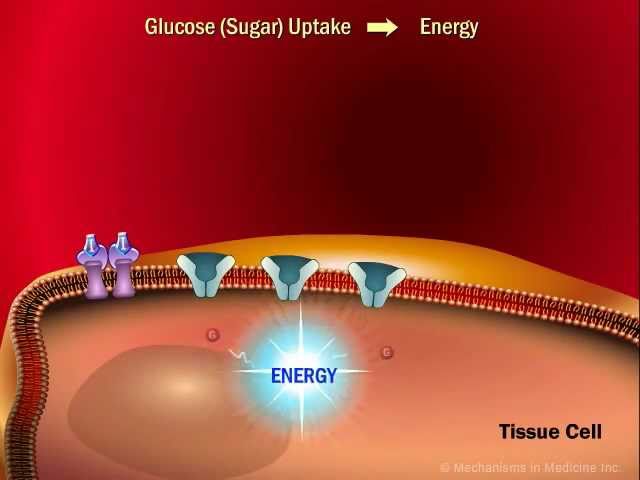
The Role of Insulin in the Human Body
- Post author:
- Post published:May 23, 2021
- Post comments:0 Comments
You Might Also Like

CONCENTRATION CURLS for PEAK on BICEPS! (Hindi / Punjabi)

Sports Physiotherapy Video – 7
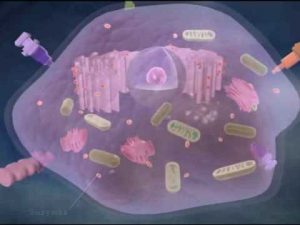
Pharmacology: Drug binding

? Why Alcohol Is Killing Your Sex Drive, Lowering Your Testosterone & Making You Fat

How To Sprint – Pt. I

How to Use the Back Extension Machine for the Obliques : Shaping Up
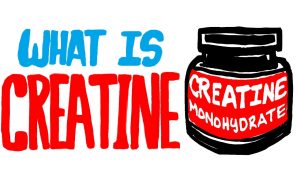
What is Creatine? Should You Be Taking This Supplement?
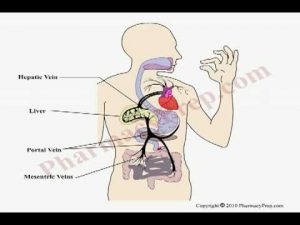
oral drug entering pathway

Fitness Component of Flexibility

What Is A Liver Cyst?

Donkey Kicks

when to drink protein shakes before or after workout

Overweight & Obesity Video – 21

“My Gynecomastia Surgery” – Dan Yeomans | Karidis Clinic | My male breast reduction surgery

How To Know If You Have Gynecomastia? – 5 Gynecomastia Symptoms!

Overhead One Arm Dumbbell Triceps Extension

What should one have during severe Diarrhea? – Ms. Sushma Jaiswal

Pregnancy Diet: 5 Tips For Proper Prenatal Nutrition

How To Do a Close Grip Tricep Bench Press

Orthopedic Physiotherapy Video – 8

Fat Loss, Weight Loss Video – 5
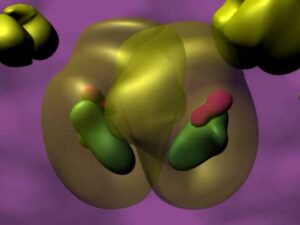
The Estrogen Receptor (II): Molecular & Cellular Mechanisms
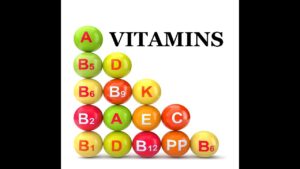
What are Vitamins ? | About Vitamin by Sajjad Khan
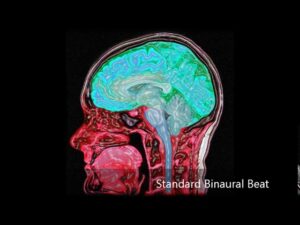
90 Minute Human Growth Hormone (HGH) – Isochronic Binaural Beats

‼️URGENT These SIGNS Indicate That You Have DIABETES‼️
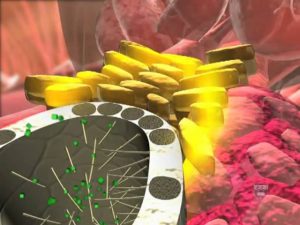
Kidney animations

Anabolic Steroids: Uses & Side effects – Dr.Ravi Sankar Endocrinologist MRCP(UK) CCT – GIM (UK)

Dean performing leg extensions using TRX suspension trainer

Whey protein supplement appollo

Diazepam Nursing Considerations, Side Effects, and Mechanism of Action Pharmacology for Nurses

3D CT Angiography in the evaluation of Intra Cranial Aneurysms – Seminar PPT Presentation
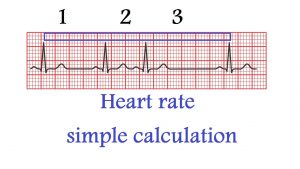
How do you calculate heart rate from ECG?
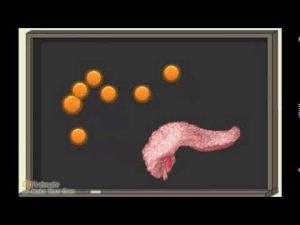
Type 2 Diabetes: Understanding the Link Between Obesity & Type 2 Diabetes

Intense No Equipment Upper Body Workout – At Home Upper Body Strength Without Weights

Surgery Video – 1

Dumbbell Bench Press (BETTER CHEST ACTIVATION!)

hormone replacement therapy – How to Increase Estrogen Healthy Life Styles

All about CREATINE || BENEFITS || SIDE EFFECTS || SAFE OR NOT || DOSAGE

CALORIES Part1: FAT BURN & WEIGHT GAIN Explained Easy Simple & Fast
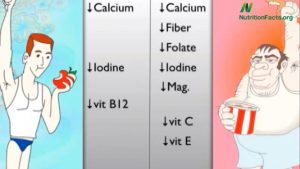
Omnivore vs. Vegan Nutrient Deficiencies

Types of Lentils and Protein Value

